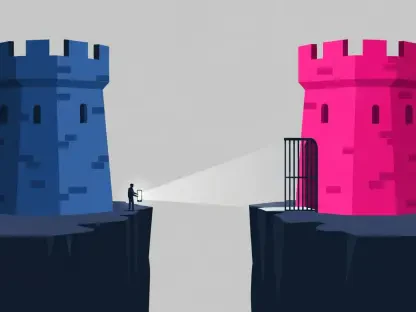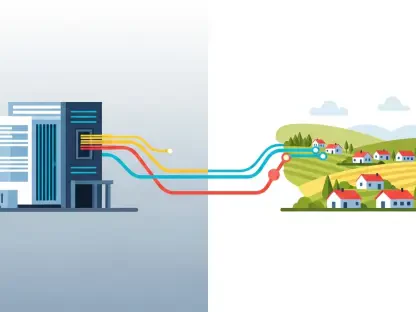In the rapidly evolving landscape of digital infrastructure, EXA Infrastructure has embarked on a mission to enhance its global fiber network, aiming to boost both data capacity and energy efficiency. The upgrade is marked by the deployment of Nokia’s Integrated Coherent Engine 7 (ICE7) optical technology, offering a significant enhancement in transmitting data at an impressive rate of 1.2 terabits per second (Tbps) per channel. This substantial leap not only underscores EXA’s transformative approach to data management but also strengthens its resolve to tackle pressing sustainability concerns. With their infrastructure stretching over 155,000 kilometers and incorporating six transatlantic cables, the company is on a path to set new benchmarks in connectivity between Europe and North America, thus unlocking new possibilities for advanced AI applications and resilient data centers.
The Role of Nokia’s ICE7 Technology in Network Performance
A pivotal component of EXA’s upgrade is Nokia’s ICE7 optical transponder module, promising a 50% reduction in power usage and cost per data bit. The coherent optical engine at the heart of ICE7 is a marvel in fiber-optic system engineering, excelling in modulation, transmission, and decoding of optical signals. Herein lies a dual advantage: the provision of ultra-high-capacity data transfers across extensive distances and a remarkable drop in energy consumption. As AI technologies demand increasingly efficient data centers, the integration of ICE7 technology may well redefine standards in performance and sustainability. This strategic move, transitioning from ICE6 to ICE7, highlights EXA’s commitment to evolving with technological demands while adhering to green principles. Moreover, Nokia’s 1830 Global Express (GX) platform supports this upgrade, facilitating seamless data flow across terrestrial, subsea, and metro networks with minimal latency.
Sustainability and Its Implications for Data Infrastructure
As global demands for enhanced data connectivity escalate, the need to cut energy consumption is crucial for industry giants like EXA Infrastructure. Implementing ICE7 technology represents a forward-moving trend toward sustainability, aligning with network service providers seeking to optimize performance while minimizing environmental impact. Leading figures in the industry stress the importance of reducing energy usage per data bit—a vital step to accommodate rising connectivity demands without harming ecological responsibility. This sustainability focus highlights EXA’s visionary approach to future data infrastructure, tackling current challenges in expanding network capacity and effectively managing energy consumption. Additionally, this technological upgrade boosts AI applications, ensuring robust support for both core and edge facilities. EXA’s adoption of Nokia’s advanced technology marks a pivotal shift in digital communication, creatively linking technological capability with sustainability outcomes. Moving forward, maintaining this balance amidst growing demands for data and energy efficiency will necessitate further innovation and strategic partnerships, fostering more sustainable digital practices.









